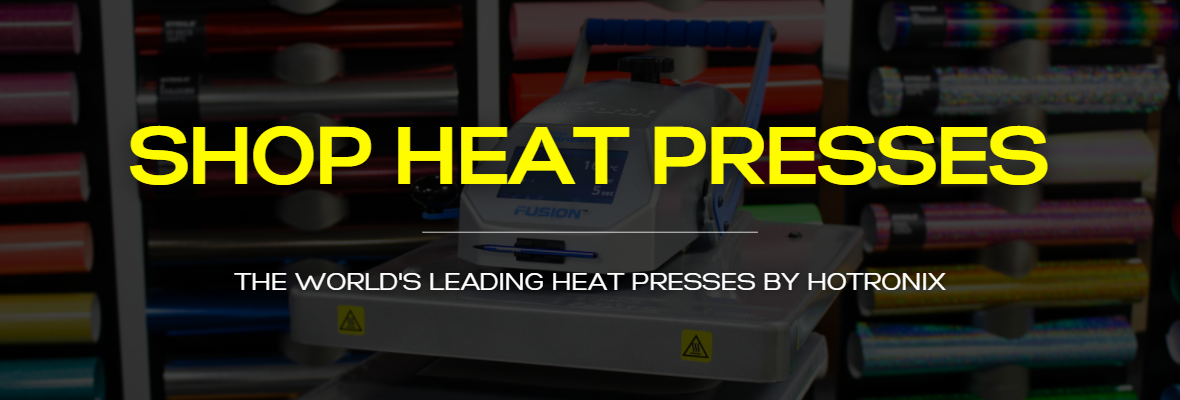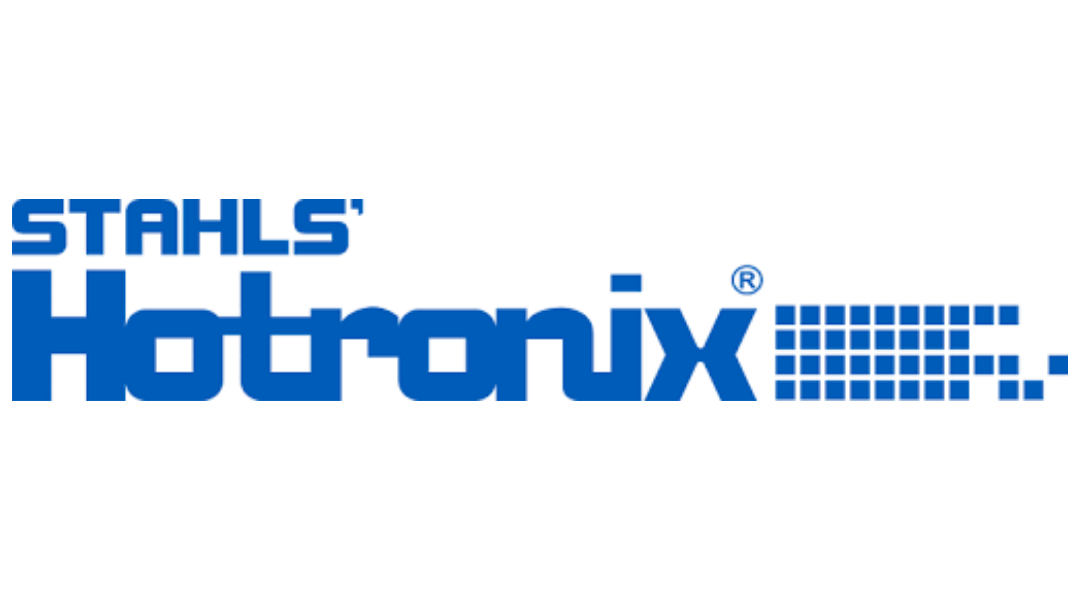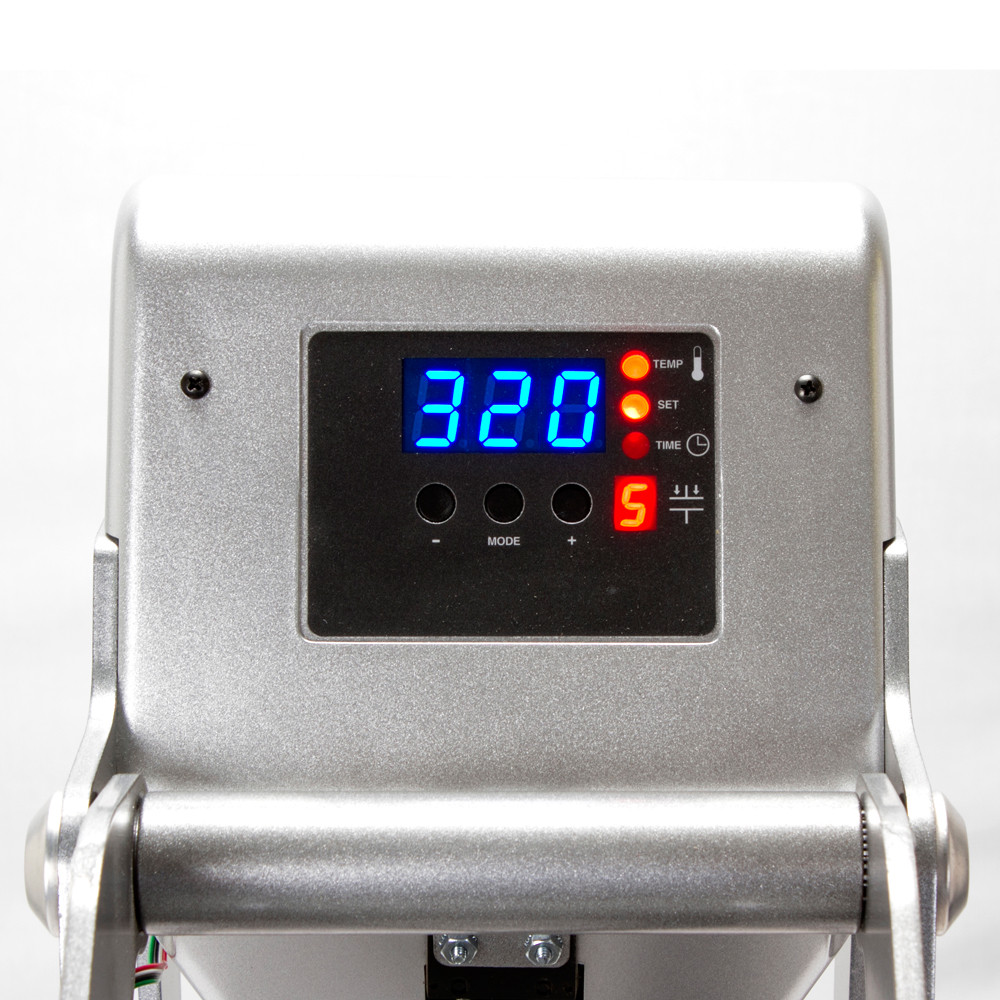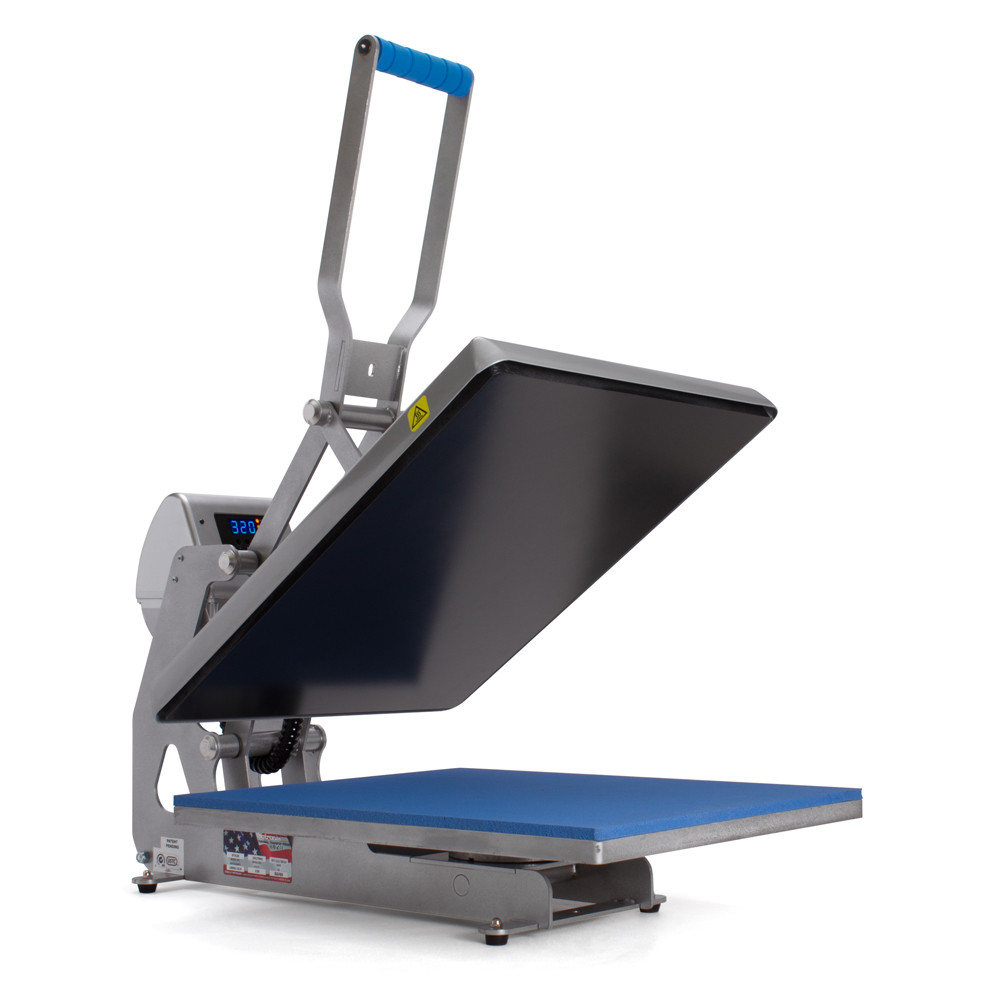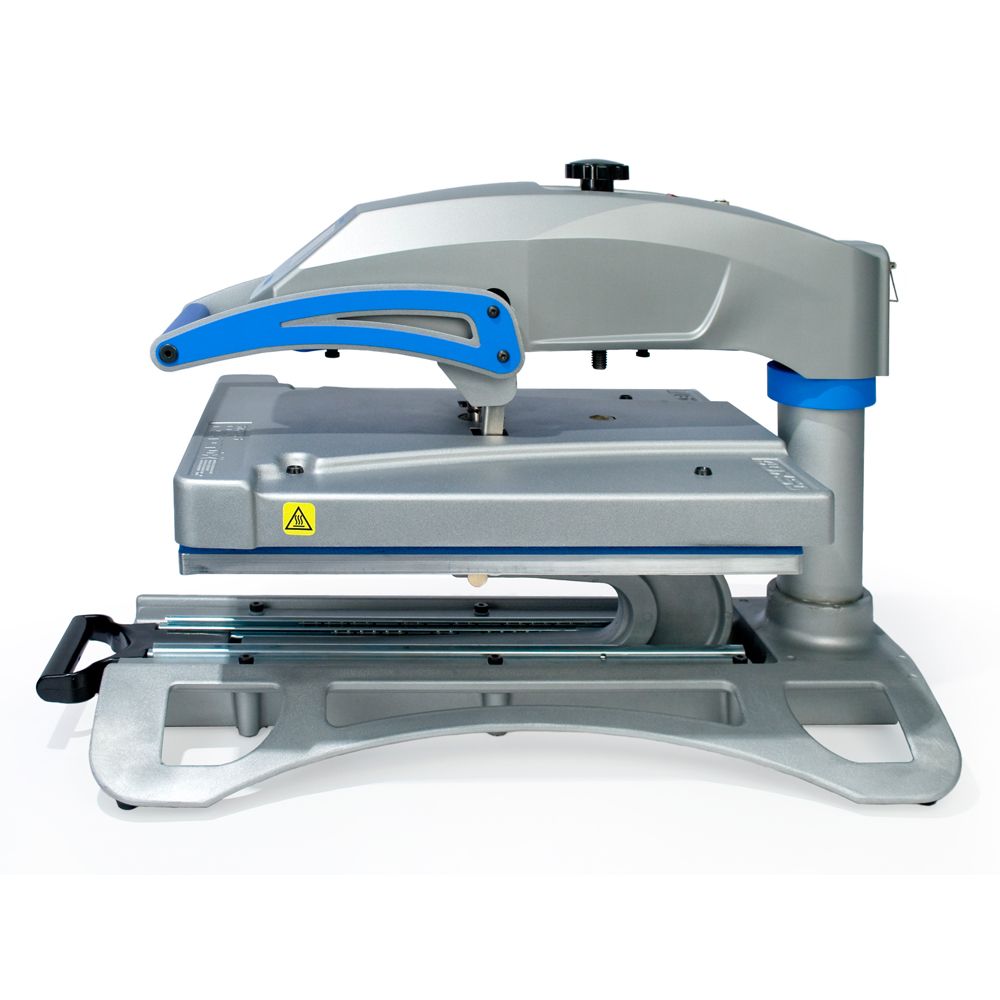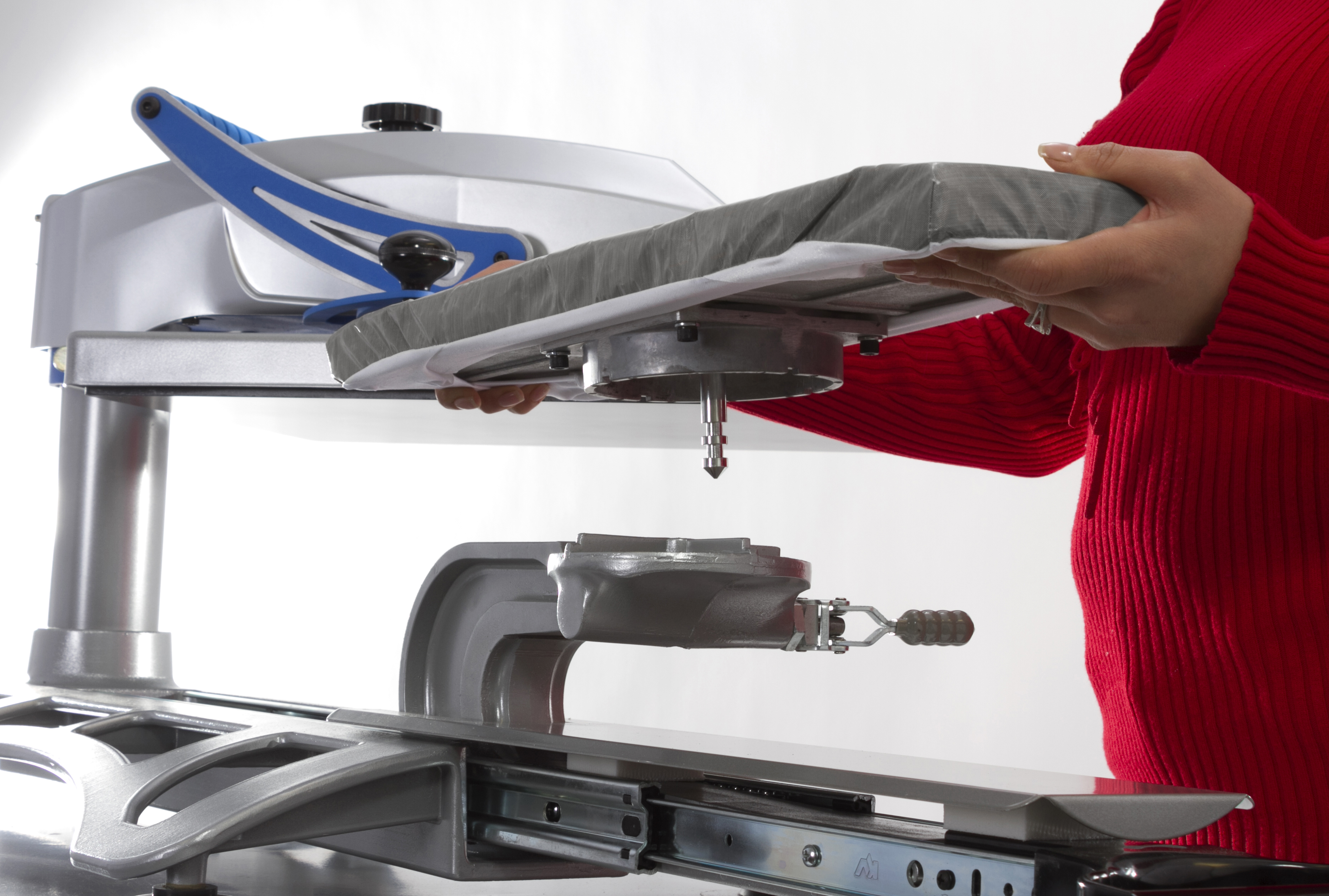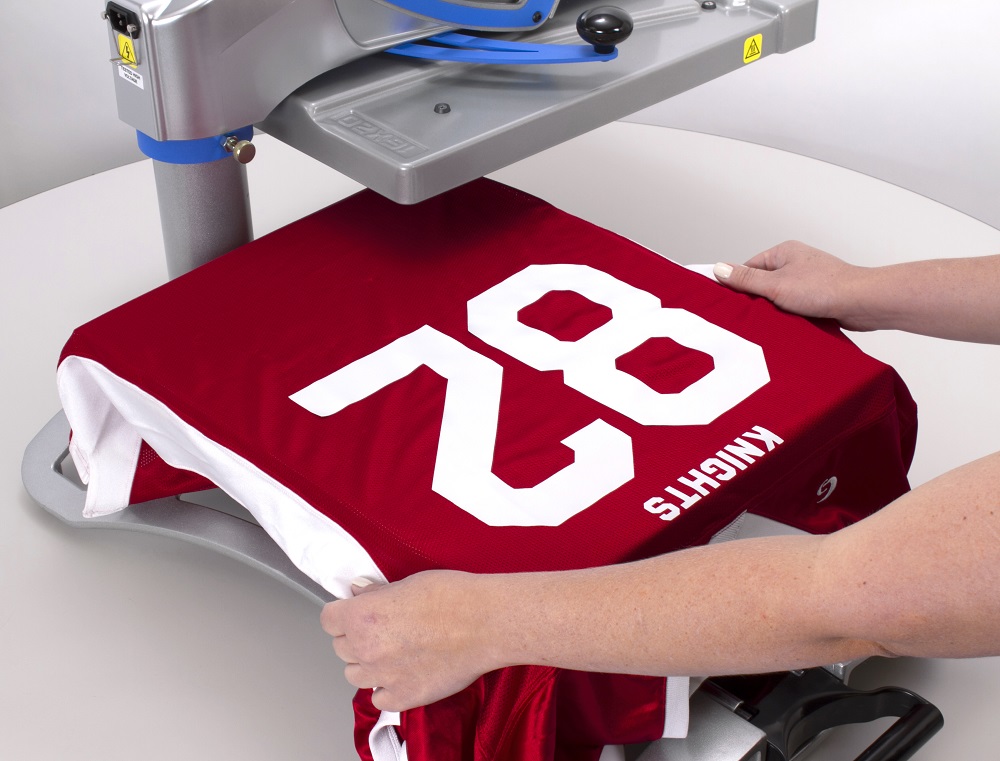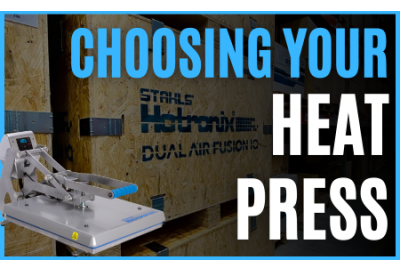
Choosing your Heat Press
A heat press is the cornerstone of a successful heat printing business. Many decorators have been able to make $50-$100k per year in a spare bedroom, garage or even off of a dining room table. Add this to the many retail brands, sporting goods shops and embroiderers making much more a year with heat printing and you’ll see the heat press is important. It’s an investment in your business that shouldn’t be taken lightly.
Do not compromise quality for price in a haste to get started. I firmly believe that an inaccurate heat press is a fast track to ruined garments, lost customers, bad word of mouth and eventually business closure. The quality of what you create starts with your investment.
Quality
A high quality heat press will inevitably cost more than cheaper, less durable counterparts. A heat press needs to withstand constant movement and clamping so high quality parts will ultimately perform better.
• Is the heat press frame constructed from plastic or steel? Steel is ideal.
• How many welds (if any) are present in the frame? Less is better.
• What warranties are offered to protect your purchase over time? 5 years is industry standard.
• Are there reviews?
Manufacturer
A broken heat press doesn’t help your business, getting a broken press back up and running quickly is imperative to your business’ success. Knowing who you’re buying from and what their business looks like will help you feel confident in your purchase.
• Does the company you’re buying your heat press from have reliable customer service and tech support?
• Do they provide troubleshooting resources online and over the phone?
• Are they quick to resolve issues for their customers?
• Is the heat press made in the USA?
Time
Time is one of the key ingredients to a successful heat transfer application so an accurate timer is imperative. A timer on the machine will also save you many headaches in the long
run.
• Are the time, temperature, and pressure readings digital or analog?
Digital is preferred for accuracy.
• Does the timer reset automatically with each application?
• Does the press beep or open automatically when the time is up?
A heat press that automatically opens when the time is up allows you to multi-task in a busy shop without leaving your garments on the press too long.
• Is the press programmable?
Temperature
Accurate temperature is key to a durable heat transfer application.
• What kind of temperature gauge does the press have?
• Does the press use a bimetallic thermometer (5-10 degree temperature variance) or an
RTD probe (+/- 2 degree variance)?
• How are the heating elements spaced out inside the press?
Elements that are spaced no more than 2 inches apart will ensure edge to edge heat without ‘cold spots’.
• How thick is the heat press platen?
Thinner lighter platens will lose heat much more quickly than those that are ¾” thick.
• How high does the temperature go?
Some applications require heat up to 400º.
• How long does the press take to heat up?
20 minutes is standard. An auto power feature will allow you to set the press to power on at a certain time, so it's ready to start pressing when you are.
Pressure
Pressure is another key element to a properly applied heat transfer, it’s important to have the correct pressure, (light, medium, or heavy) for your substrate and material. You need to know the pressure will be evenly applied at the right strength.
• Is the pressure read out digital or analog? If analog, how is it adjusted and measured?
A digital pressure display gives you an accurate pressure reading without guess work.
• Is the pressure adjustment over the center?
Over the center pressure gives the most evenly applied pressure on your heat press
machine.
• Is there even pressure on every corner of the platen?
Test for even pressure by putting four squares of paper on the press, one in each corner, and close the press. Try to pull out the papers. If one paper comes out easier than the others the platen is not providing even pressure across the lower platen.
Platens
A heat press will come with a standard platen usually measuring between 15"x15" to 16"x20". The larger platen will give you flexibility in the items you can decorate from XL T-shirts to oversized hoodies. Custom platens come in many different shapes and sizes for different uses like printing on shoes, duffel bags, hat bills, and more. These options create more sales opportunities for your business.
• What size is the standard platen on this machine?
If you plan to print oversized items a larger platen is ideal, but if you’re planning to print
mostly kids t-shirts a smaller platen may work well.
• What custom platens are available for this machine?
• How easily can the lower platen be changed?
Some machines require a tool and others have a quick change mechanism to quickly
switch out the platen to print different items easily
Load-ability
Heat presses vary greatly in their ability to be easily loaded. Loading speed is important,
but even more so loading accuracy. A press that is 100% threadable will allow for both
loading speed and accuracy to ensure a flat pressing surface onto your item. Getting an
item flat for printing is critical to durability.
• Is the machine able to have a small shirt, bag, and the like split over the lower platen for
loading?
• Can I rotate my T-shirt or jersey while on the machine to print both front and back
without wasting time in reloading?
Download Our Free E-Book: Heat Press Buying Guide
How to find the right heat press machine for your business.
If you’re looking to buy your first heat press or upgrade your existing press, this comprehensive buying guide is for you.
This 11-page guide highlights the basic elements and features of the latest heat presses and free worksheets help you ask the right questions so your heat press investment matches the needs of your heat printing business.
Download our Heat Press Buying Guide to Learn:
The different types, features, pros and cons of each type of heat press.
What style of heat press you should purchase based on your business needs.
What to ask when looking for a heat press.
